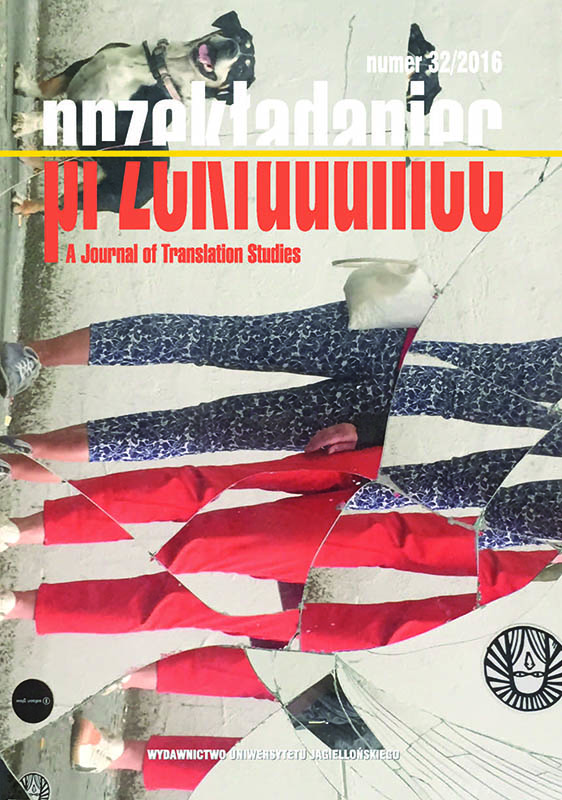Przekład jako przedmiot przedstawiający: ku ontologicznej definicji przekładu
Translating Words, Translating Images: Translatological Thought of Elżbieta Tabakowska
Author(s): Joanna KubaszczykSubject(s): Translation Studies
Published by: Wydawnictwo Uniwersytetu Jagiellońskiego
Keywords: Elżbieta Tabakowska; cognitive linguistics; translation studies
Summary/Abstract: The paper has a theoretical character. An attempt is made to grasp and define translation in its essence in accordance with Roman Ingarder’s phenomenological theory of the literary work of art. Even in ancient times it was believed that translation was imitation. In some contemporary translation theories translation is compared to an image (cf. Paepcke, Tabakowska). This prompts the author to ask how that metaphorical term relates to the translation, what common characteristics can be established and what is the difference between them. Their most important common feature is that they are representations. Their qualities also include simultaneous similarity and similarity disorder, transitivity, the connection with the original (the transcendental aspect) and the self-directedness, liberation from the original (the immanent aspect).In the second part of the paper, the concept of translation as an object representing the original is proposed in accordance with Ingarden’s concept of the represented object. For example, the following aspects are discussed: the concealment of heterogeneity to the original by the translation, its presumption to be what it is not, the pretense of authenticity and the aspect of the illusory. With regard to the translation series, the question is asked in which the divergence of the representations is founded and which of the representations can claim to be like the original. Particular attention is paid to spots of indeterminacy and opalization. The difference between translation versions is inter alia due to different make-up of spots of indeterminacy wherein the important role is played by the translators’ reflection (their intelligence, erudition, intuition), their imagination (the ability to construct images) and their experiences (their memory). Finally, an ontological definition of translation is formulated, which clearly distinguishes translation from other operations on texts, such as adaptation and summary.
Journal: Przekładaniec.
- Issue Year: 2016
- Issue No: 32
- Page Range: 194-210
- Page Count: 17
- Language: Polish

